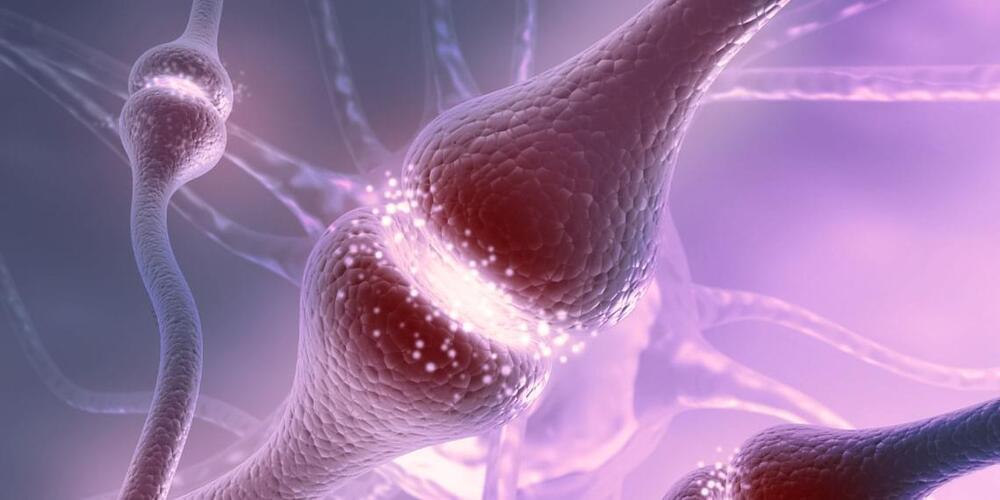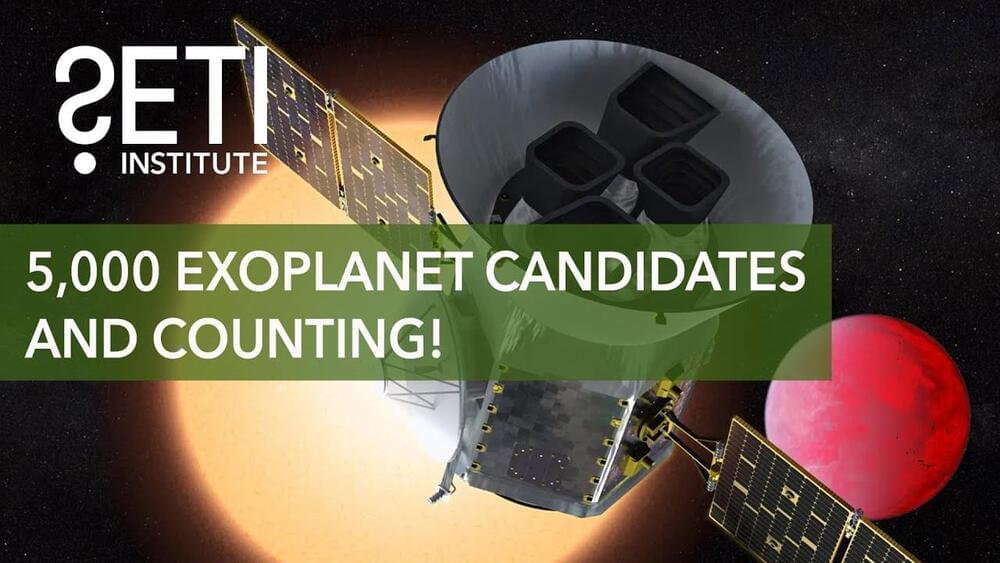Feb 9, 2022
Graphene biosensor will drive new innovations in brain-controlled robotics
Posted by Shubham Ghosh Roy in categories: materials, robotics/AI
A non-invasive graphene-based sensor detects brain waves with high sensitivity and reliability.
A non-invasive graphene-based sensor detects brain waves with high sensitivity and reliability.
Hundreds of millions of users. No algorithm. No ads. Courage in the face of autocracy. Sound like a dream? Careful what you wish for.
Still from the future.
A potential fertility treatment involves taking skin cells and reverse engineering them into eggs and sperm.
This Yale researcher is creating an experimental therapy for cystic fibrosis made from viruses — and it’s working.

All memory storage devices, from your brain to the RAM in your computer, store information by changing their physical qualities. Over 130 years ago, pioneering neuroscientist Santiago Ramón y Cajal first suggested that the brain stores information by rearranging the connections, or synapses, between neurons.
Since then, neuroscientists have attempted to understand the physical changes associated with memory formation. But visualizing and mapping synapses is challenging to do. For one, synapses are very small and tightly packed together. They’re roughly 10 billion times smaller than the smallest object a standard clinical MRI can visualize. Furthermore, there are approximately 1 billion synapses in the mouse brains researchers often use to study brain function, and they’re all the same opaque to translucent color as the tissue surrounding them.

The NASA TESS mission hit a milestone of 5,000 exoplanet candidates or TOIs (TESS Object of Interest). The TESS catalog has been growing steadily since the start of the mission in 2018, and the batch of TOIs boosting the catalog to over 5,000 comes primarily from the Faint Star Search led by MIT postdoc Michelle Kunimoto. Now in its extended mission, TESS is observing the Northern Hemisphere and ecliptic plane, including regions of the sky previously observed by the Kepler and K2 missions, so we can expect more discoveries until 2025.
To discuss this achievement, SETI Institute Senior Astronomer Franck Marchis is joined by Dr. Kunimoto, TESS postdoctoral associate at MIT Kavli Institute. Dr. Kunimoto focuses her work on detecting transiting exoplanets and the statistical determination of exoplanet demographics. She will tell us how astronomers worldwide will study each of these TOIs to confirm whether they are bonafide planets and what we can expect from this complicated task.
Continue reading “SETI Live: 5,000 Exoplanet Candidates and Counting!” »
Dozens of Chinese jets entered Taiwan’s air defense zone, the island’s officials said. Taiwan responded by scrambling its own fighter jets and activating missile defense systems.
The algorithms spot and classify synthetic-material objects based on the distinctive manner in which they reflect polarized light. Polarized light reflected from human-made objects often differs from natural objects, such as vegetation, soil, and rocks.
The researchers tested such a camera, both on the ground and from a US Coast Guard helicopter, which was flying at the altitude at which the polarimetric-camera-equipped drones will fly.
Once fully operational, data collected by the drone-based machine learning system will be used to make maps that show where marine debris is concentrated along the coast to guide rapid response and removal efforts. The researchers will provide NOAA Marine Debris Program staff with training in the use of the new system, along with standard operating procedures manual.
Farmers struggling to adapt to rising temperatures in tropical regions can unleash the benefits of natural cooling, alongside a host of other wins, simply by dotting more trees across their pasturelands. For the first time, a study led by the University of Washington puts tangible numbers to the cooling effects of this practice.
Researchers at the UW and The Nature Conservancy, along with Duke University, the University of California San Diego and Stony Brook University Hospital, find that adding trees to pastureland, technically known as silvopasture, can cool local temperatures by up to 2.4 C (4.3 F) for every 10 metric tons of woody material added per hectare (about 4 tons per acre) depending on the density of trees, while also delivering a range of other benefits for humans and wildlife.
The paper was published Feb. 4 in Nature Communications.
